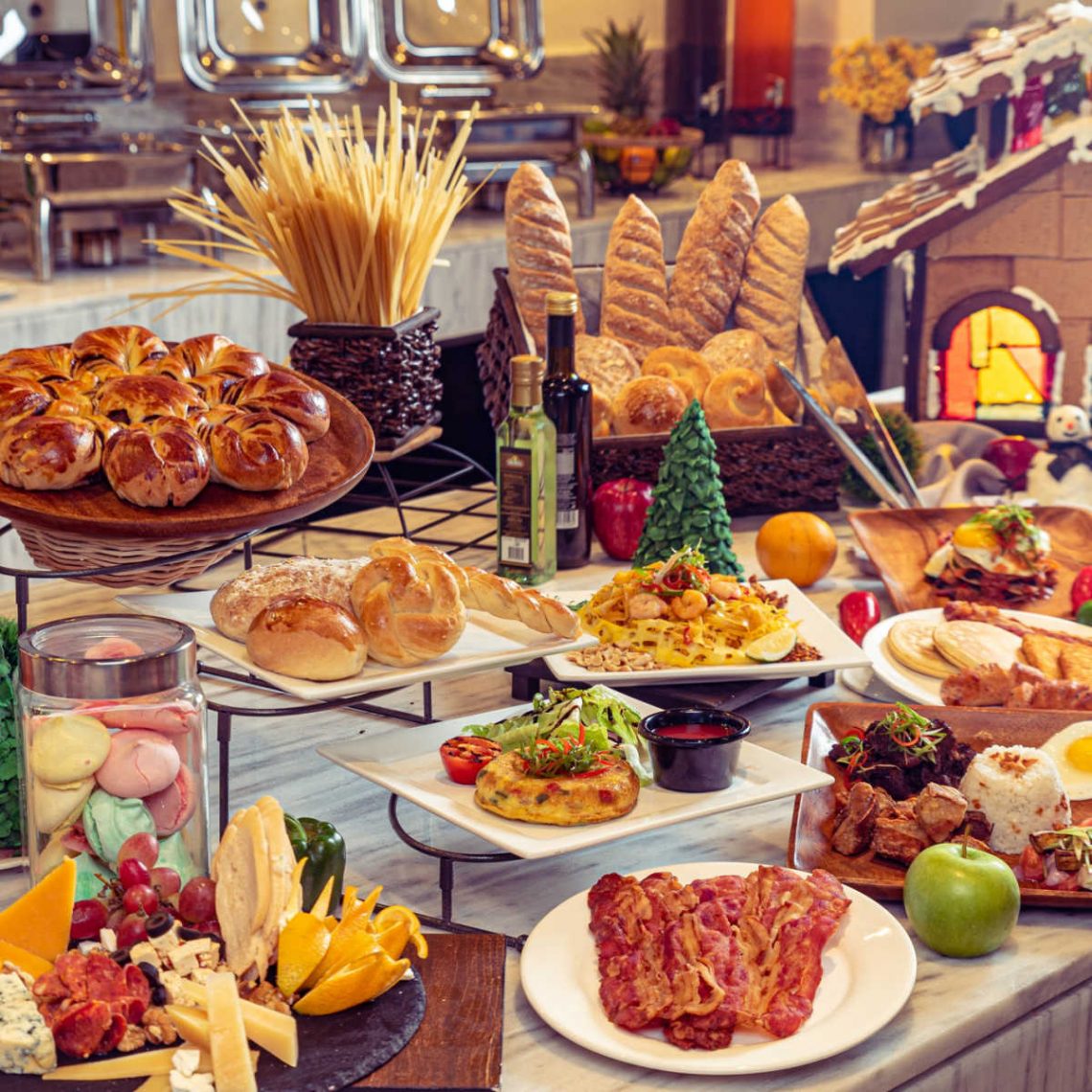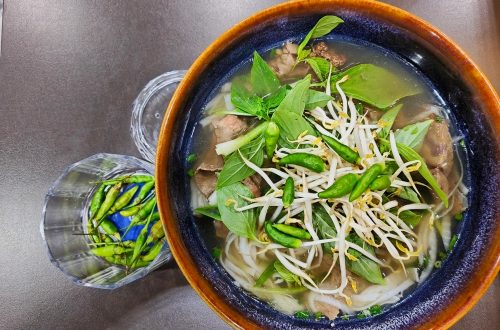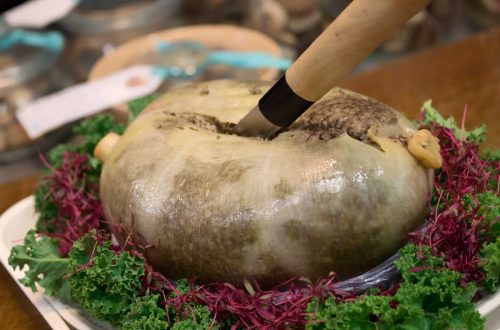
The Many Traditions of Midwinter Feasts
During my lifetime, this has always been the season for the ultimate feast. When I was growing up, we met at my grandmother’s house for a huge family meal with ham and turkey or goose, side dishes of vegetables and potatoes, and additional Scandinavian specialties – lingonberries, pickled herring, and a huge board of cookies. Now, my adult children and grandchildren join us for the annual meal.
Since time immemorial, humans have been enjoying feasts during the midwinter solstice, first to celebrate the return of the sun and then to commemorate Christmas, Hanukkah, Kwanzaa, the New Year, and more. American traditions are heavily influenced by the British. Medieval religious practices beginning in 4th-century Europe are responsible for the tradition of the huge feast. Rigid medieval religious practices prohibited the consumption of animal-derived products during the Advent season. For Christians, when Advent ended on Christmas Day, it was party time. The feasting began and continued through the 12 days of Christmas until the Feast of the Epiphany celebrating the visit of the three wise men. And while the term Christmas did not appear until about the 11th century, two centuries later, authorities were complaining that it was a season of gluttony, groping, and overindulgence in alcohol.
Making up for the fast
Advent abstinence — 24 days of fish and vegetables — drove people a little crazy (in Britain, at least), according to food historian Annie Gray, author of At Christmas We Feast. The fasting would not have mattered as much to the poor members of society who subsisted on bread, legumes, and vegetables – though they would have missed the protein from milk, cheese, and eggs. Meanwhile, the upper crust managed their way through Advent with lavish fish feasts and paid off the Catholic church for eating illicit food. (Rouen Cathedral’s butter tower was actually funded by illicit butter-eaters.)
Come Christmas Day, the rich went full tilt on the formerly prohibited. By Tudor times in the 1500s, the banquet rooms of the rich were filled with dishes such as boar’s head and brawn – essentially a large slab of pork that was rolled, stuffed with spices and herbs, boiled, and brined in beer or wine. Pork was the main Christmas dish because pigs were prolific, easy to raise, and lent themselves to versatile uses. The Brits have a saying: “Everything can be eaten but the squeak.”
Feasting across the centuries
Most Tudor-era banquets were all about sweets and sugar, a precious commodity at the time. In addition to gingerbread, candied fruit, fruit in syrup, marmalades, biscuits, and wafers, diners were treated to sugar sculptures and molded sugar, plus a selection of sweet tidbits. Faced with the tremendous spread of food, the remains of the uneaten meal were then distributed to members of the household or the less fortunate on Boxing Day.
By the 1600s, Christmas menus were likely to include meat pies, wassail (mulled punch), and plum pottage. As the population became more urban, the fare included less pork and more farmed fowl. Mincemeat pies, which had originated with mostly minced pork, gradually lost the meat portion. By the mid-20th century, factory-produced mincemeat was available, but home bakers were known to experiment with the recipe, adding marmalade, banana or caramel, chocolate, and nuts.
Ginger, which was one of the cheapest spices, signifies Christmas to many people: gingerbread biscuits, gingerbread houses, ginger cakes, Lebkuchen, ginger wines, and candied ginger. As with most spices, it first came to Europe as a medicinal ingredient – excellent for the stomach, chills, and almost certainly an aphrodisiac. The British started with gingerbread, but it spread to the continent, especially to Germany. Meanwhile, the Scandinavians had ginger pepparkakor cookies.
Celebrating around the world
Any way you look at it, this winter solstice feasting is embedded into our DNA. Whether our ancestors called it consoada, La Noche Buena, Reveillon, julefrokost, or erste kerstdag, it signified a huge gustatory celebration. Depending on where we lived, we might have enjoyed a chicken or curried goat stew, peri peri chicken and jollof rice; the feast of the seven fishes; roast goose, sausages, and potato dumplings; goulash soup, roast chicken, and chimney cake; a smorgasbord, herring salad, and Christmas ham; or carp, borsht, and ravioli.
It’s a wonderful time to gather friends and family over a shared tradition of food. Happy Hanukkah, Merry Christmas, Happy Kwanzaa! Older winter solstice traditions are also happening around the world, celebrating the annual victory over darkness. The Chinese Dong Zhi is supposedly the day when everyone gets one year older, and it’s an occasion for families to celebrate and share good wishes. The Japanese Toji is an occasion to light bonfires, including on Mt. Fuji, to encourage the sun’s return. It’s a time to take warm baths scented with the citrus fruit yuzu and perhaps to eat kabocha squash to bring luck. The Persian Shab-e Yalda is a time for people to protect each other from evil, so fires are lit in the darkness, and everyone gathers to feast on nuts and pomegranates and read poetry. In the American southwest, the Zuni and the Hopi, both believed to be descendants of the Anasazi, hold night-long ceremonies in which a sun priest announces the rebirth of the sun, after which the rejoicing and dancing begin.
As we feast, let us all appreciate the many traditions of our fellow humans and celebrate the return of the sun and the longer days ahead.
To comment, please click on “Read in Browser” or on the headline to view the blog on the website. You can log in and comment at the end of the blog to share your thoughts and start a discussion.
If you’d like to share the blog, click on the Facebook icon or one of the others. Thanks!




